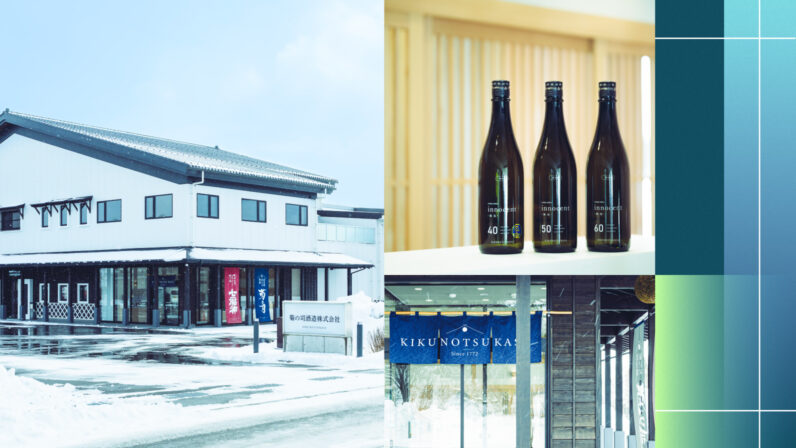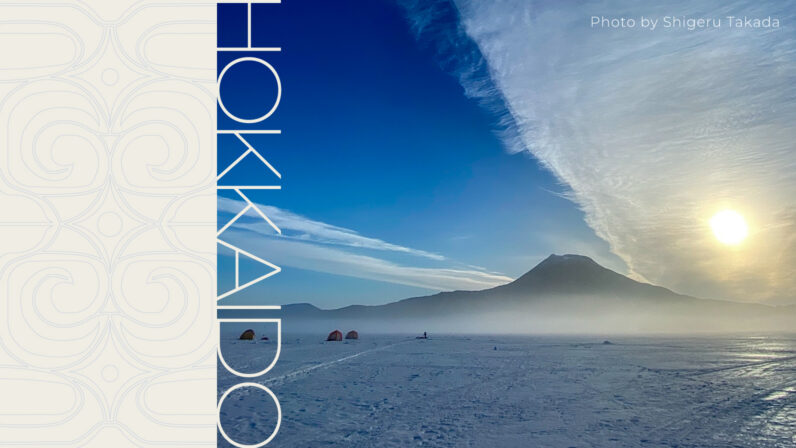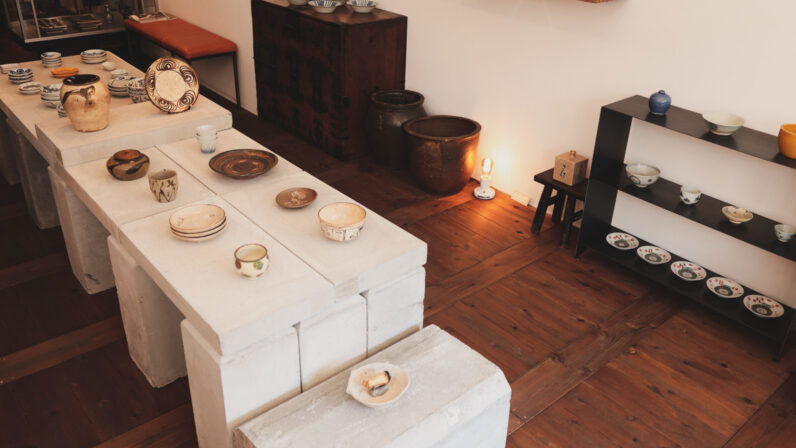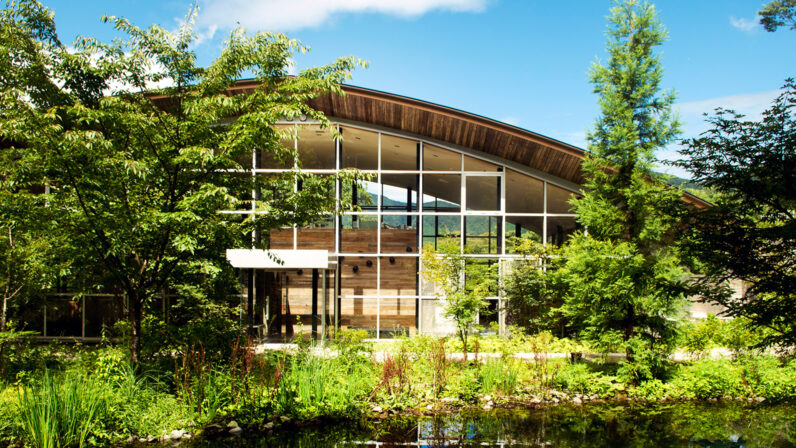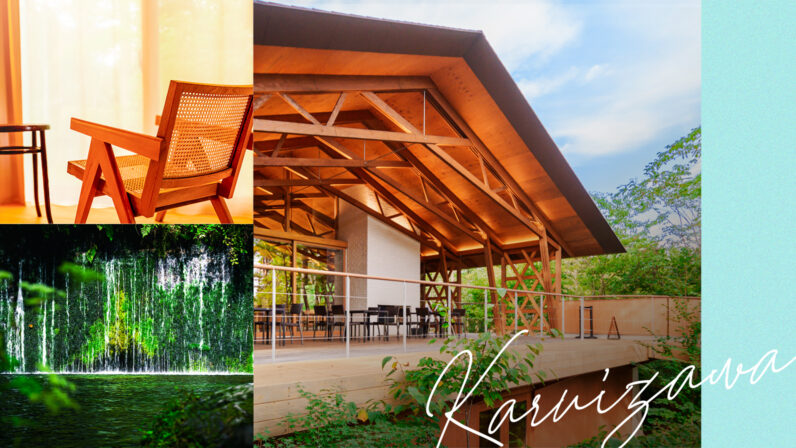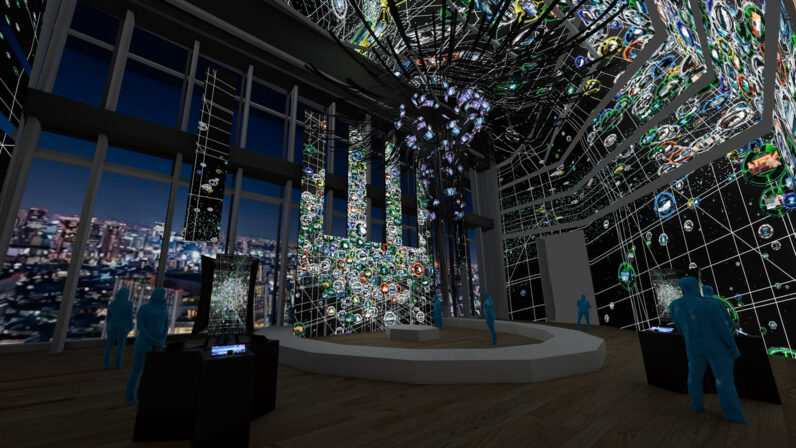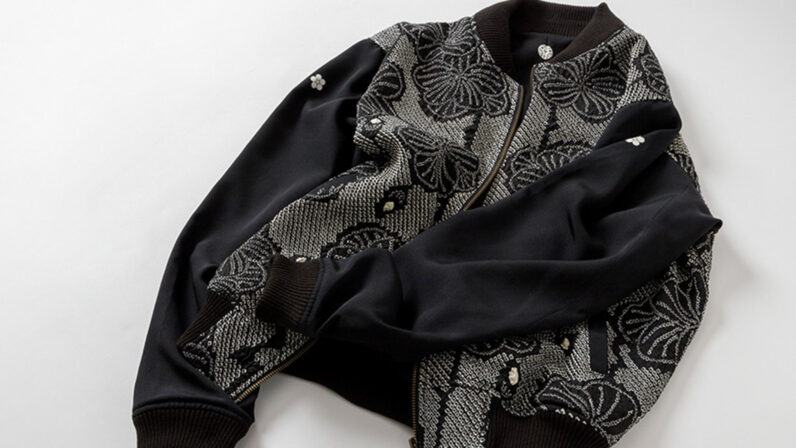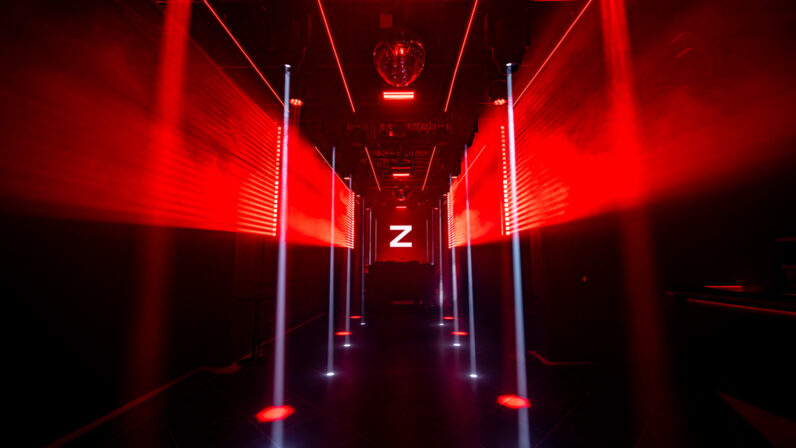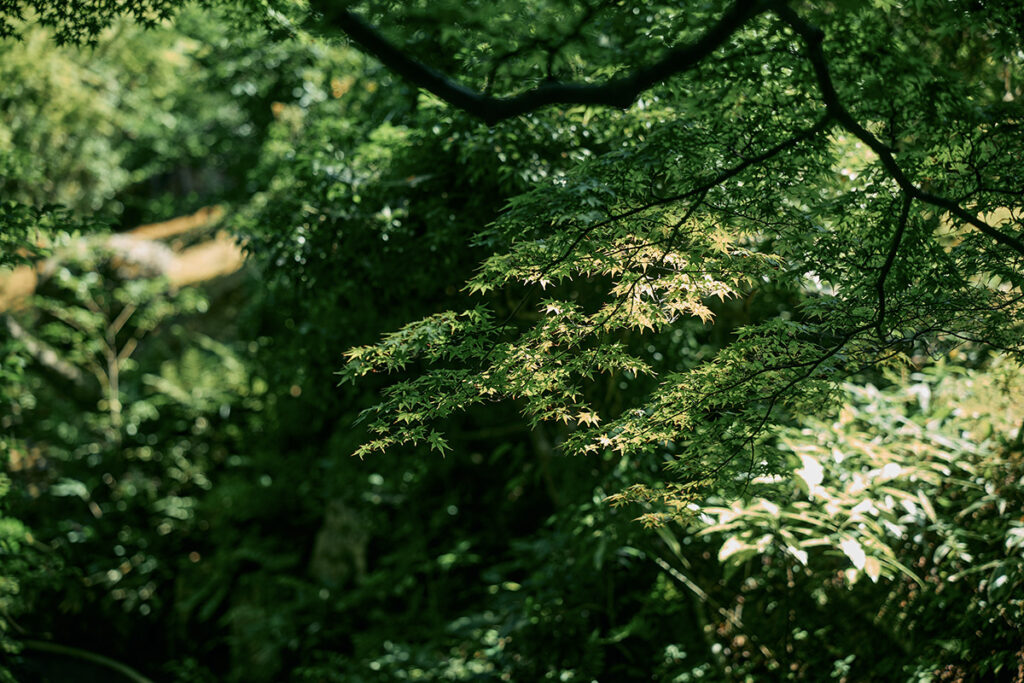
Nara is an ancient capital that once marked the eastern end of the Silk Road. Located inland on the Kii Peninsula, near the center of Japan, this long, narrow region stretches 103 km from north to south, with rugged mountains covering much of its landscape. Rich in cultural heritage, it’s not just home to historic Buddhist landmarks like Horyuji Temple, the world’s oldest wooden building, but also to sacred sites such as Mount Koya and Kumano, long revered for spiritual training and pilgrimage. While more than 90% of the population lives in the Nara Basin in the northwest, the southern region remains largely untouched, offering a pristine natural landscape that continues to serve as a retreat for spiritual practitioners.
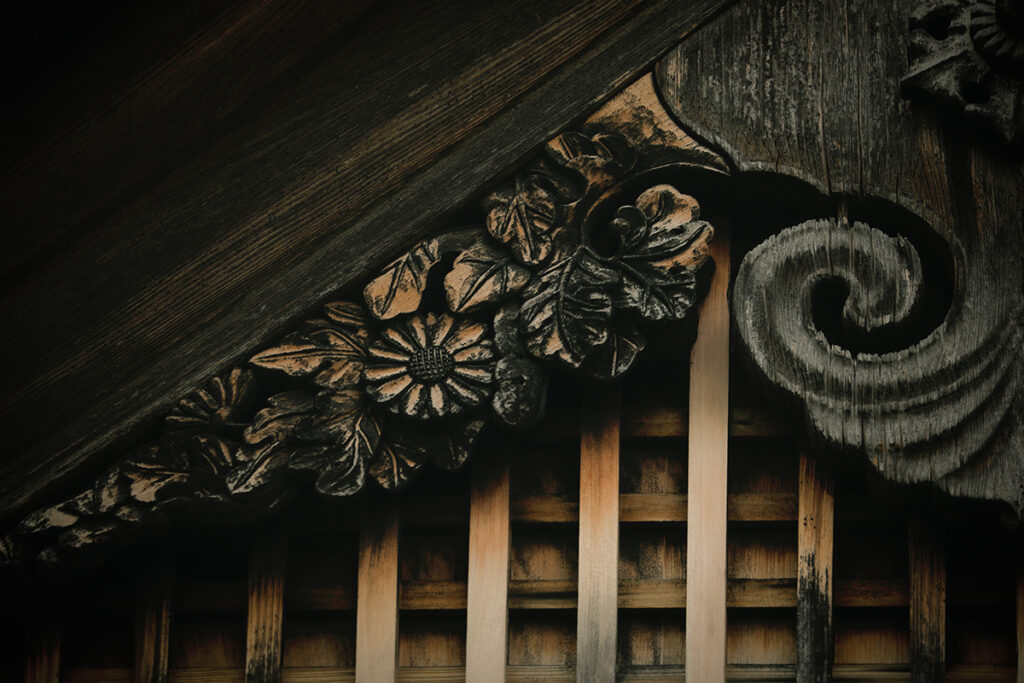
The ‘Zeze’ Tea House, photo provided by Shisui, a Luxury Collection Hotel, Nara
Traveling to Nara from the Tokyo area usually means passing through popular cities like Kyoto or Osaka, so Nara often gets seen as a day-trip destination for those in Kansai. But can you really experience the true essence of Nara in just a few hours?
Ask the Nara locals, and they’ll all tell you the same thing: “Nara is best in the mornings.”
Stepping Into Spaces Shaped by History and Timeless Architecture
The carport, where notable guests from Japan and abroad have likely arrived, exudes a dignity and charm only found in spaces rich with history. As you transition from the hustle and bustle to the hotel, you’re immediately enveloped in a peaceful calm, giving you a chance to relax and catch your breath.
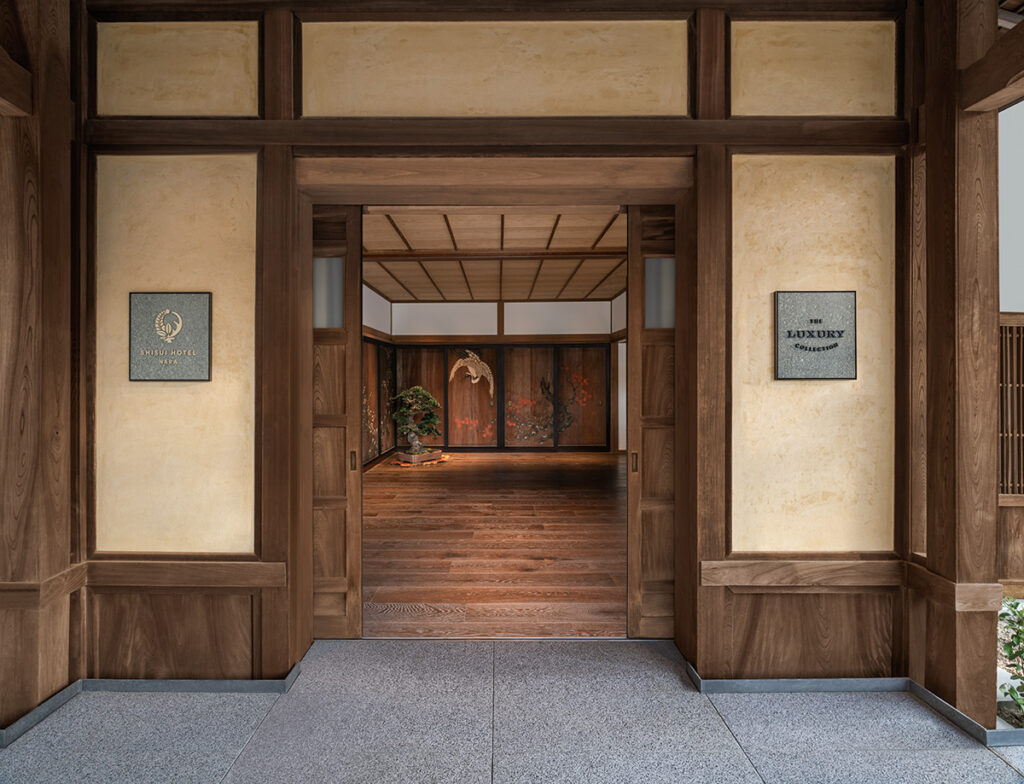
The hotel entrance, photo provided by Shisui, a Luxury Collection Hotel, Nara
The main building of Shisui Luxury Collection Hotel Nara, originally built in the Taisho era, has been beautifully restored to preserve its historic character. Once the residence of Nara prefecture’s governor, it now serves as a lounge and check-in area. Sunlight streaming through the original Taisho-era glass adds warmth to the space, with large sofas by the window, deep green walls, and rich yellow curtains creating a sophisticated atmosphere. The elegant setting is enhanced by a traditional Japanese chandelier and modern artwork by contemporary artists.
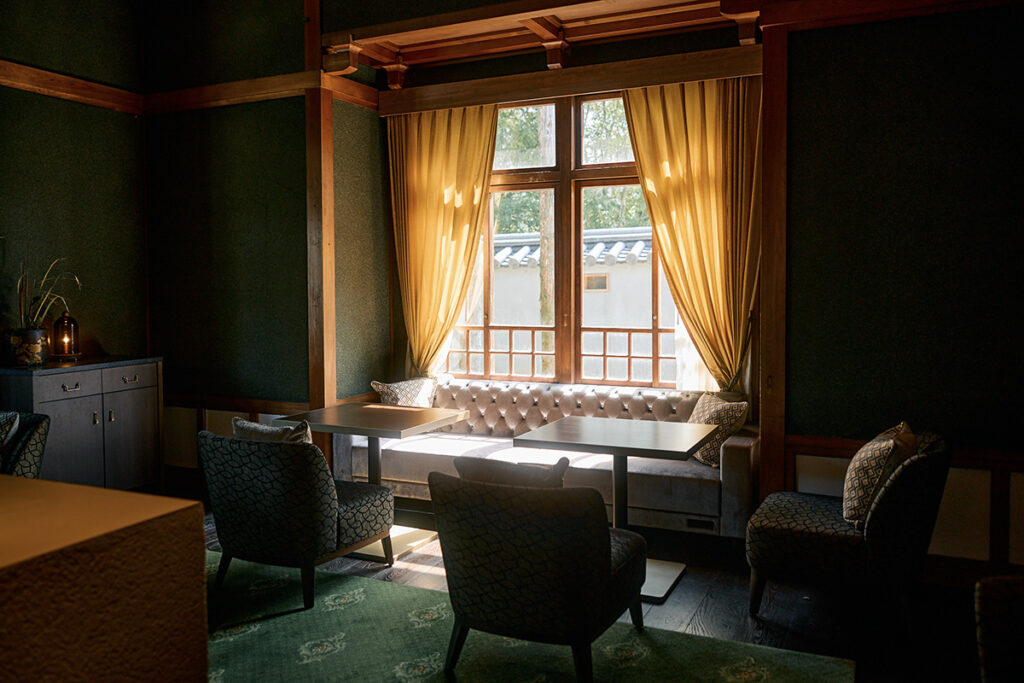
Next to the lounge is a room with deep historical significance for the Japanese people—the “Goninsho-no-ma (Room of Imperial Approval)” where Emperor Showa signed the San Francisco Peace Treaty ratification documents.
On the evening of November 18, 1951, the ratification documents, signed by Prime Minister Shigeru Yoshida, were transported by night train to Emperor Showa, who was in Nara Prefecture at the time. The following day, November 19, 1951, at 4:40 p.m., Emperor Showa signed the documents with his name ‘Hirohito’ in this room, which features a round table and ample natural light. The room, preserved with its original furnishings, still stands as a monument to this historic event.

The hotel is divided into two main sections: the historic governor’s residence, which houses the reception, lounge, and restaurant, and the newly constructed guest room wing located across the public road known as ‘Toki no Michi.’ The design for both sections was created by Kengo Kuma & Associates.
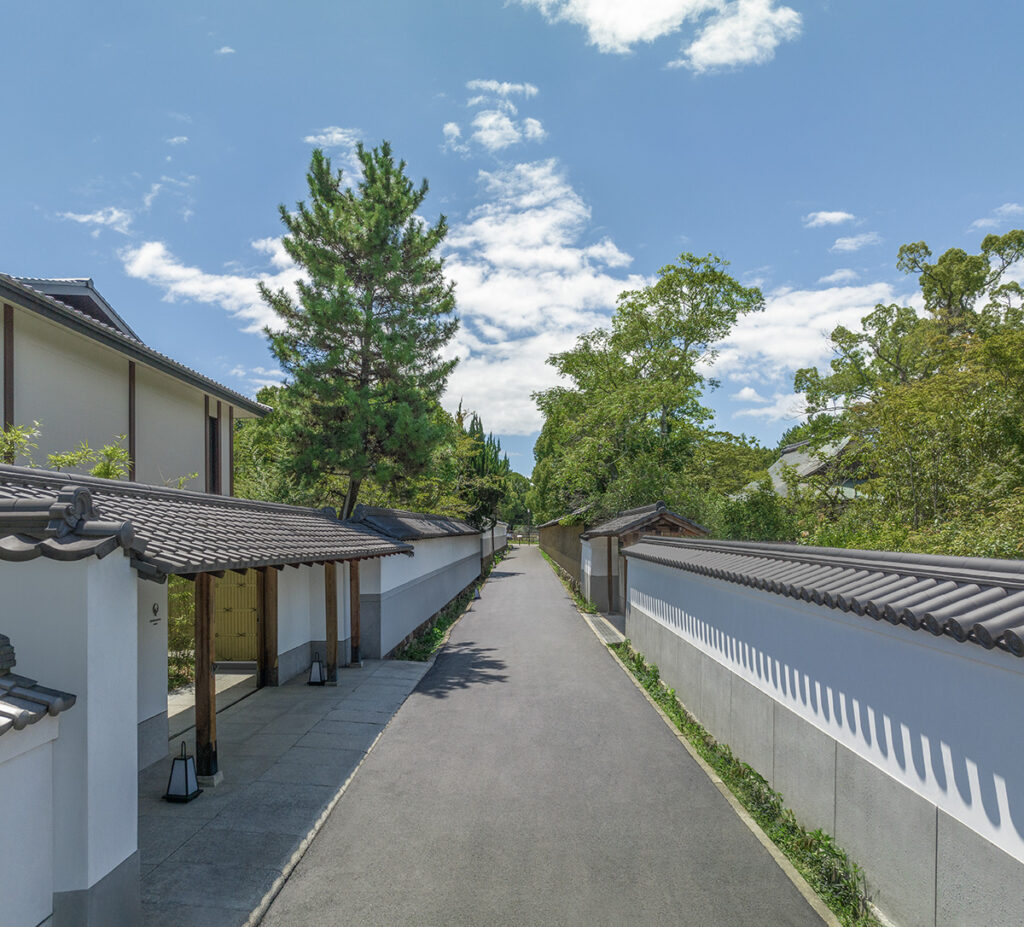
Toki no Michi by day, photo provided by Shisui, a Luxury Collection Hotel, Nara
Taking in Beauty and Elegance Through Function and Design
The room we were shown included a natural hot spring. As soon as I entered, I was enamored by the layout, which features an entryway-like space with the toilet and closet. The design of the open area next to the cabinet with doors was also particularly impressive. It allows you to store pajamas and also conveniently place an open suitcase on top of the drawers (a Rimowa Cabin Plus fits perfectly). Finding a spot for an open suitcase can be tricky, but this closet design is perfect for those who prefer to keep their suitcase open and access or store items as needed.
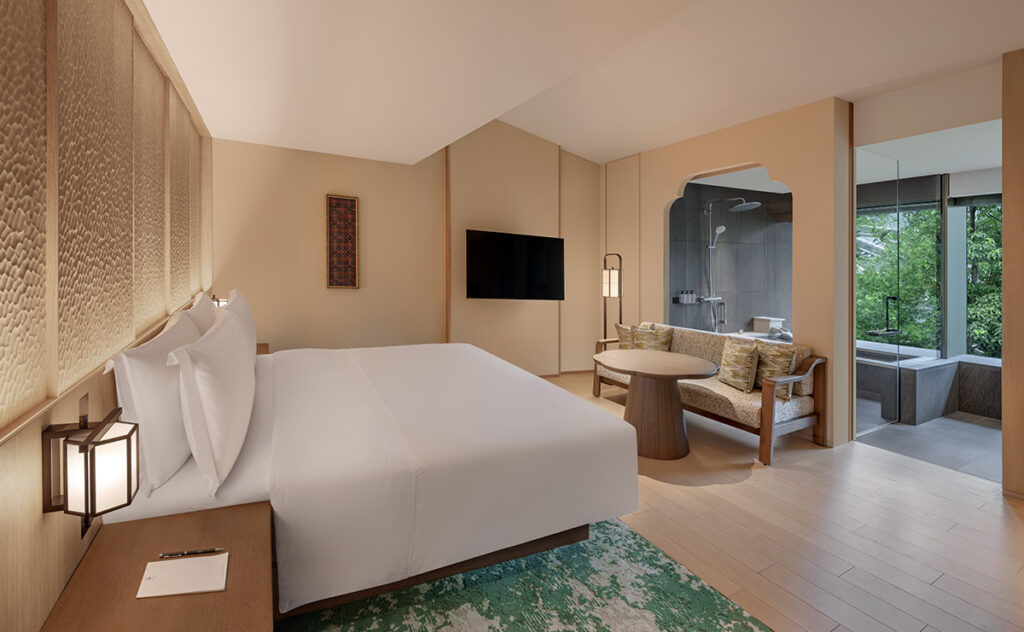
Deluxe Room, photo provided by Shisui, a Luxury Collection Hotel, Nara
This room features a spacious bathroom and powder area with large windows directly in front of the entrance, creating an open and airy ambiance. Upon entering, you’re immediately greeted by refreshing greenery through the windows. The bedroom is generously sized and includes a living area that connects to the picturesque scenery through the bathroom windows. The design element creating this view is called ‘ibara,’ a shape commonly used in temple architecture where intersecting curves form distinctive points. This motif is a prominent feature throughout the hotel. The arched windows elegantly frame lush greenery outside providing a gentle and calming scene while you relax in bed. The wide veranda, divided by the ibara arches, is furnished with a sofa and a round table, creating a calm and refined space. It’s the kind of environment that’ll have you envisioning sitting down with some high-quality paper and a fine pen to handwrite a letter.
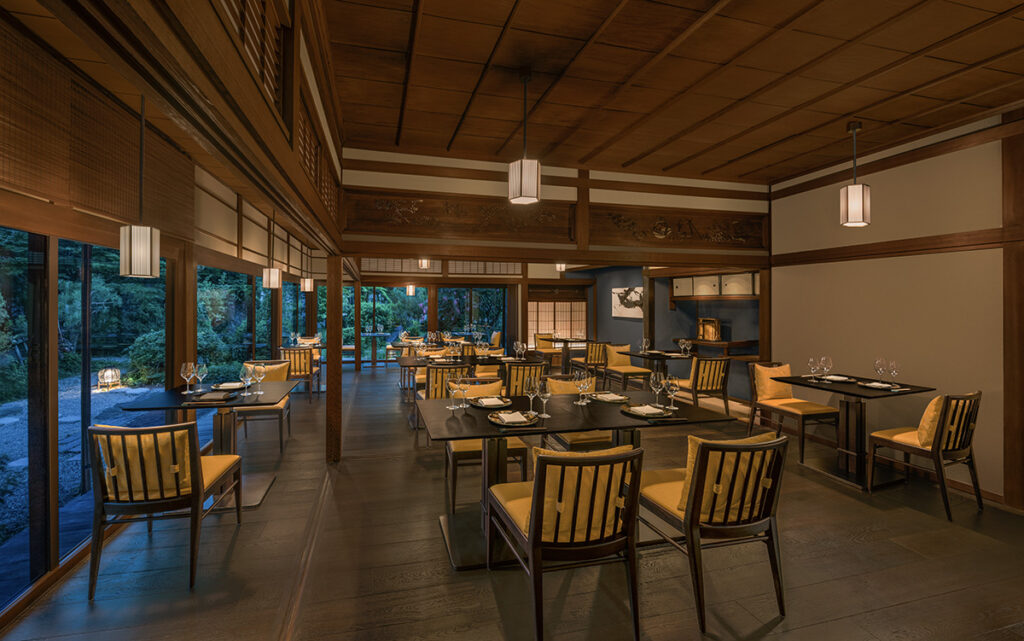

The Restaurant ‘Suiyo,’ photo provided by Shisui, a Luxury Collection Hotel, Nara
The hotel offers two dining experiences: the main restaurant, ‘Suiyo,’ which serves breakfast, lunch, and dinner, and ‘Shousou,’ a sushi and bar located in a beautifully renovated traditional storehouse. While the main dining area is bright and open with views of the garden, the sushi and bar space offers a cozy, private atmosphere inside the earthen walls of the storehouse. The innovative dining experience reflects Nara’s rich heritage as an ancient capital, where the latest trends in Buddhism, art, and cuisine were once imported from the mainland.
There’s also the café, Saryo ‘Zeze’ set in the renovated Seson-in, a former sub-temple of Kofuku-ji built in the late Edo period. Here, both hotel guests and visitors can enjoy light meals and afternoon tea. After 5 p.m., the café transforms into an exclusive space for hotel guests, offering a relaxing champagne hour.
…And Then, Morning Came
When I stay at hotels, I always leave the curtains open while I sleep, so I can wake up with the morning sun. This morning was especially memorable. As I opened my eyes in bed, the world outside the window was gently illuminated, and I instinctively moved towards the hot spring-filled bathtub. As I settled into the tub, I saw the sun rising through the window. It was so captivating that I couldn’t help but stay there, absorbed in the moment.
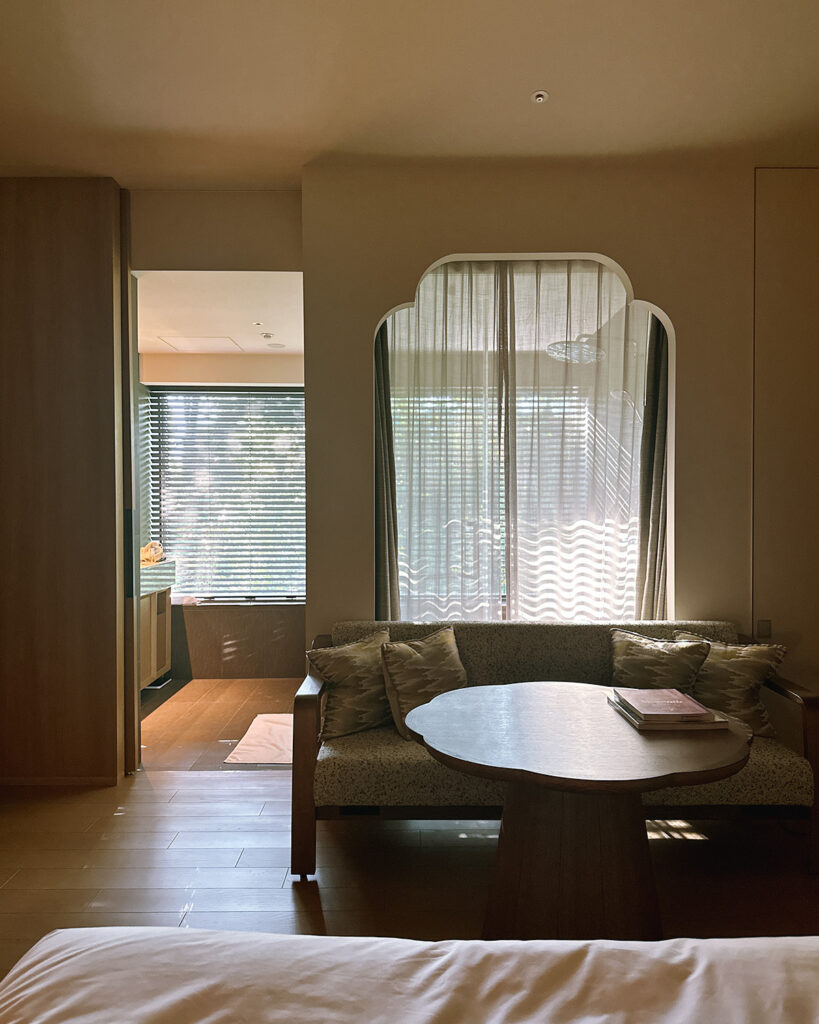
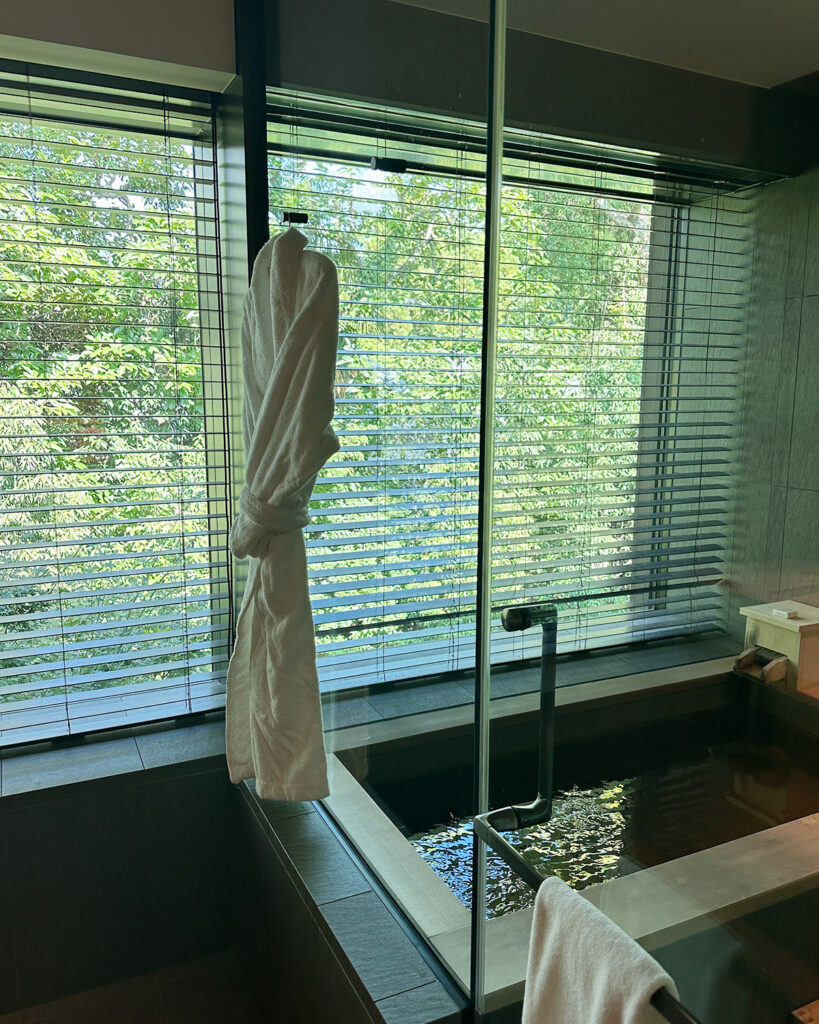
Photo by Ayako Inaba
I began my day refreshed from the hot spring, put on my walking shoes, and stepped outside. In just about ten minutes, I was behind Todai-ji Temple, and had to appreciate the hotel’s great location. Along the way, I encountered many locals out for their morning walks and a few deer. Nara’s summers can be quite hot and by the time I reached the South Gate of Todai-ji, the sun was getting stronger.
After spending a full hour exploring the grounds of Todai-ji, I returned to my room and slipped back into the hot spring-filled bathtub. It was such a perfect morning. The comfort of getting ready while glancing at the trees outside through the large window made me lose track of time. I found myself wishing I could stay at this window all day, enjoying a delicious coffee and listening to soothing music. It was a truly elegant and enriching start to the day.
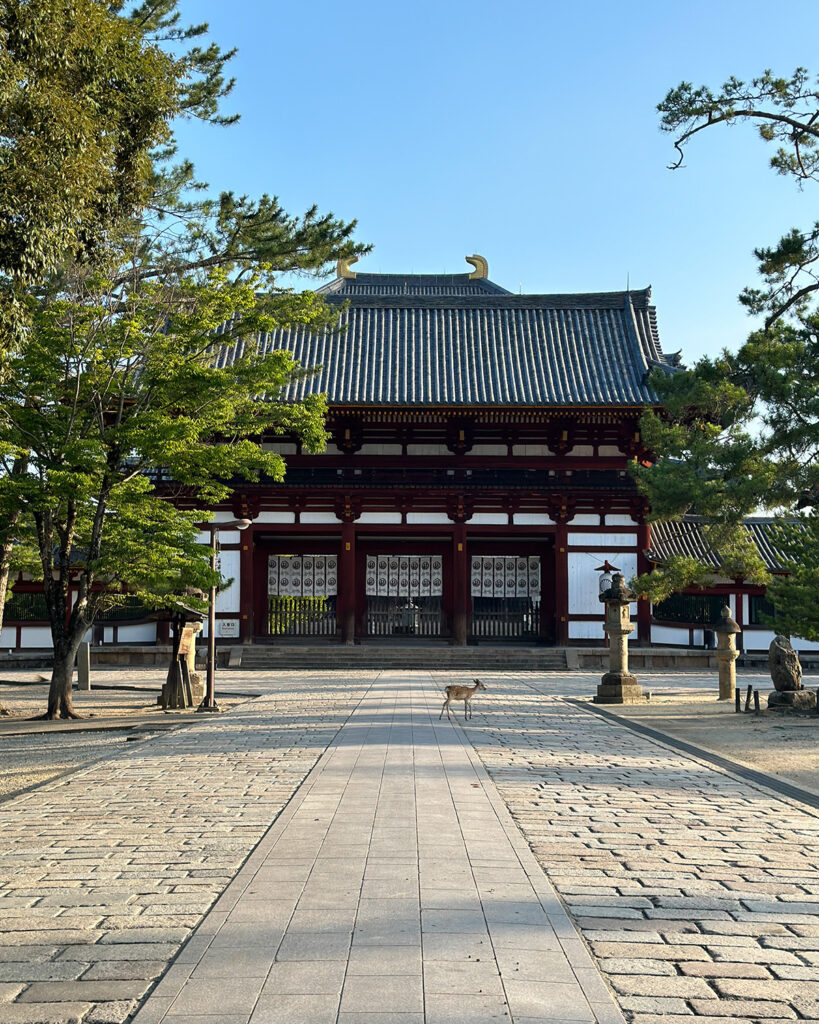
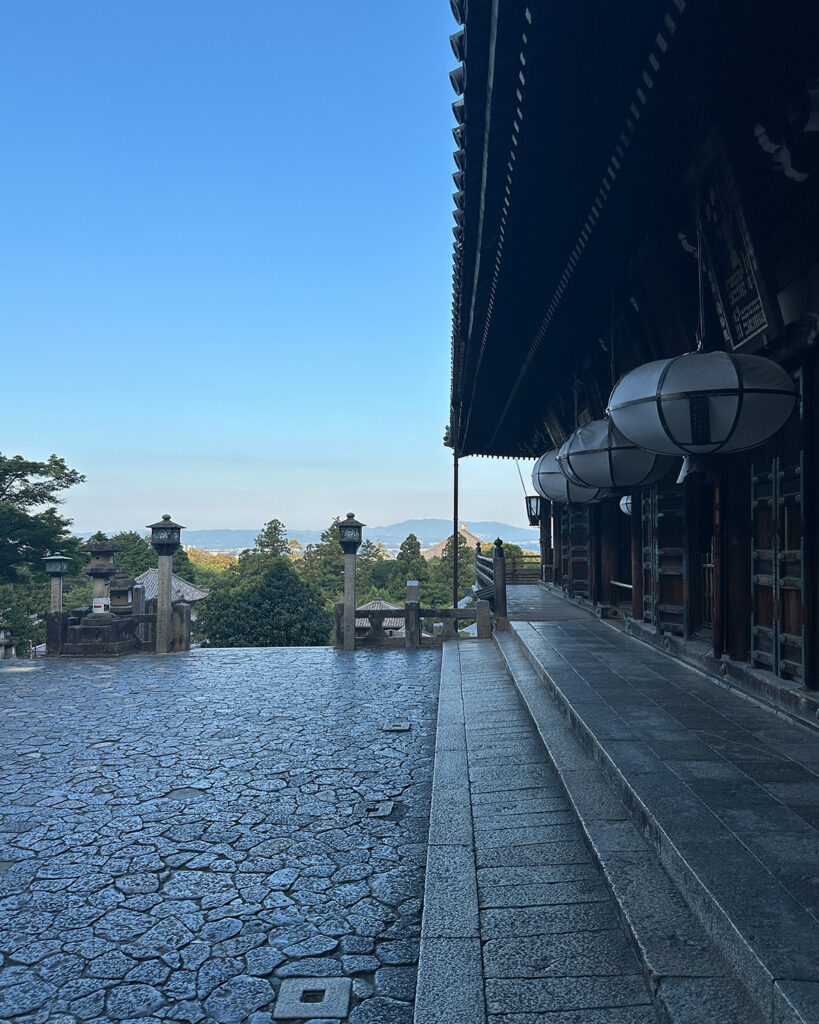
Next to the guest room wing are ‘Yoshiki-en,’ a former Meiji-era industrialist’s residence (originally a sub-temple of Kofuku-ji), and the adjacent 11,000 square meter pond-and-garden-style ‘Isui-en.’ Stepping outside the room, you are immediately surrounded by World Heritage sites, famous landmarks, and important cultural properties. This unique aspect is what sets Shisui, a Luxury Collection Hotel, Nara, apart.
To fully experience the richness of Nara’s history, I recommend staying for at least two nights. Take morning walks, enjoy sunsets from Nigatsu-do, and stroll through the city in the evening while reflecting on the city’s flourishing past as an ancient capital. In Nara, the history found in textbooks and guidebooks is still very much alive in daily life.
Shisui, a Luxury Collection Hotel, Nara, is highly recommended for those seeking a tranquil retreat filled with blissful, mindful moments.
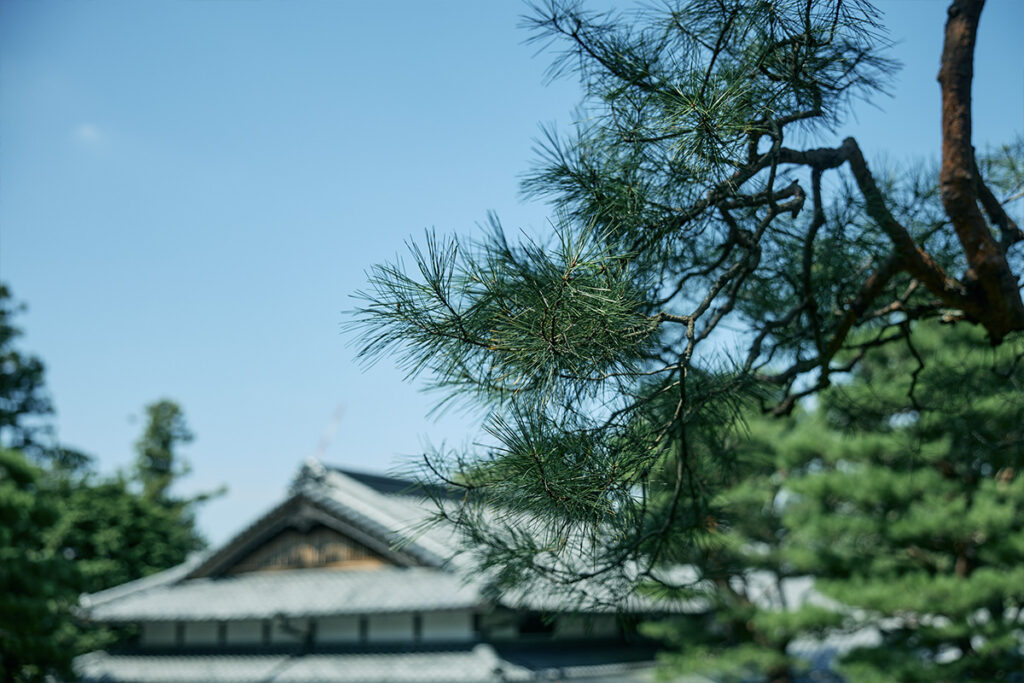
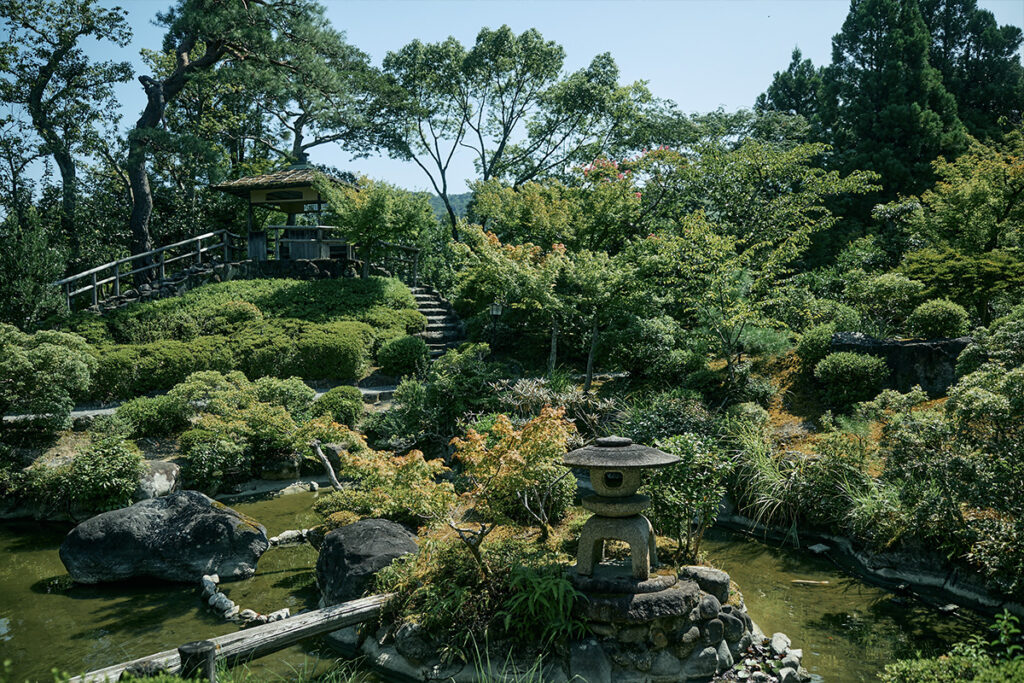
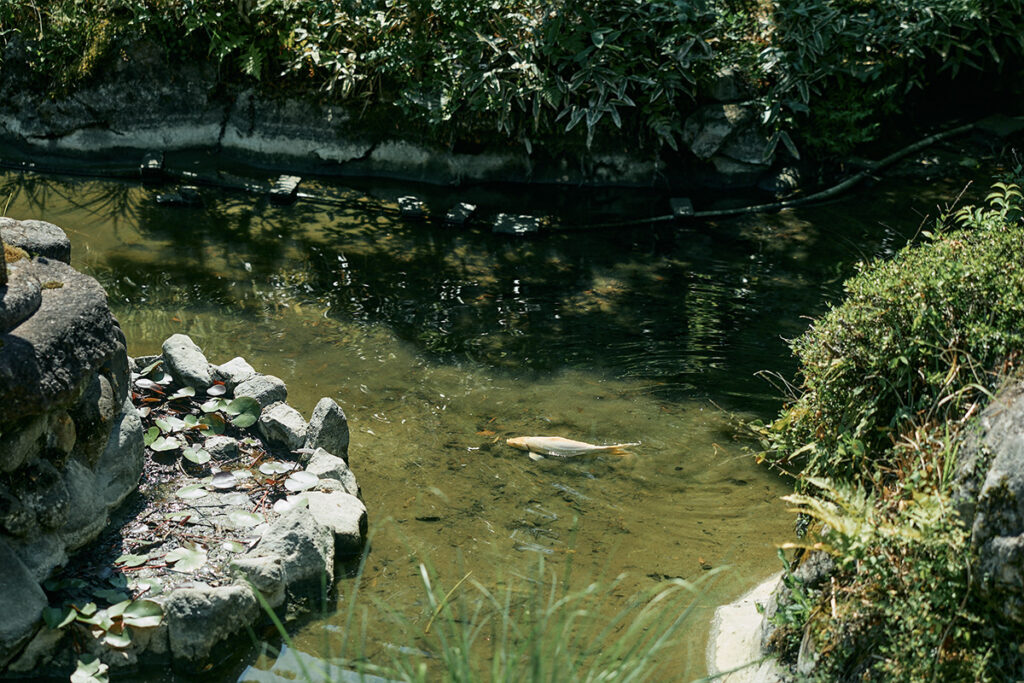
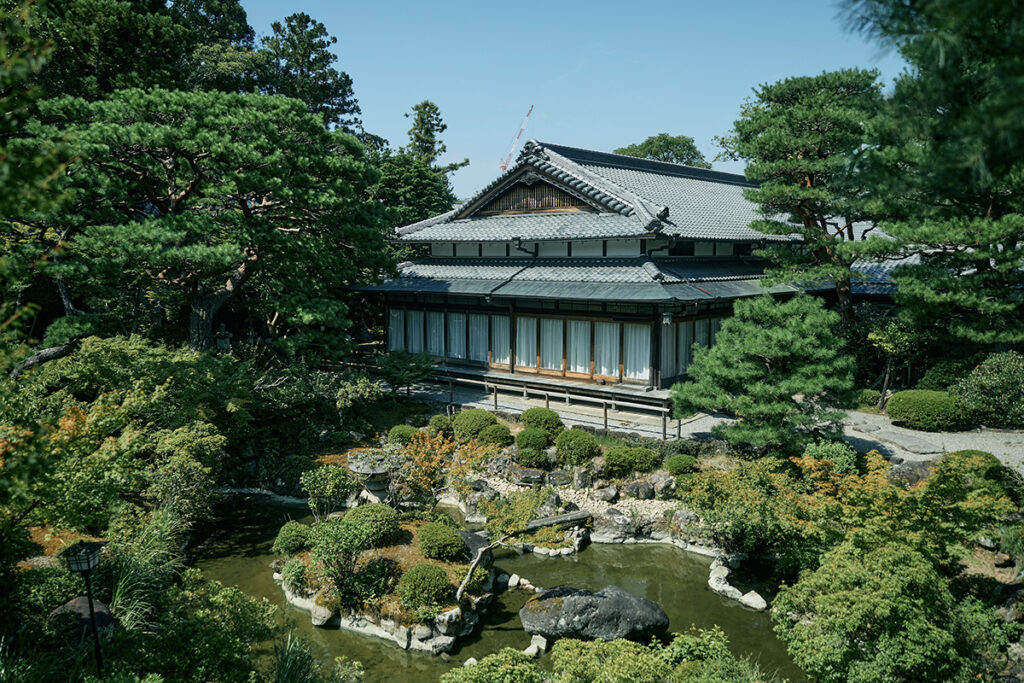
Shisui, a Luxury Collection Hotel, Nara
https://www.suihotels.com/shisui/

